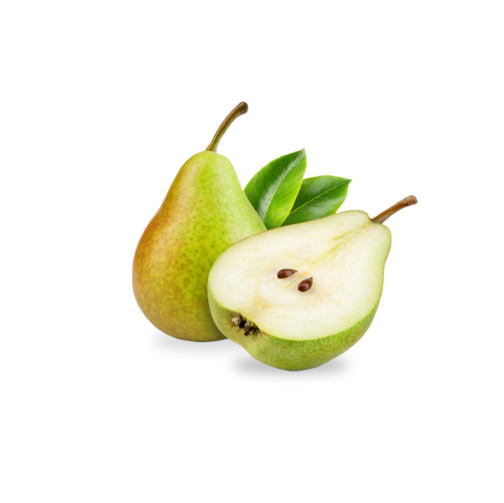
Pear tree
Pear tree (Pyrus Communis L.)
It is a deciduous, long-lived, fruit-bearing tree of the Rosaceae family. The world production of pears, compared with that of other deciduous fruit trees, is second only to that of the apple. In Greece, pear cultivation is widespread everywhere, but in the form of systematic orchards it is mainly found in Western & Central Macedonia, Thessaly and the Peloponnese. Pear, like all deciduous fruit trees, has nutrient requirements and is subject to trophic deficiencies of almost all the primary and secondary nutrients, such as Nitrogen, Potassium, Calcium, Calcium, Magnesium, Zinc, Boron, Iron and Manganese. The use of special nutrient formulations – biostimulants – maximises the genetic potential of the crop, while ensuring that its resistance to abiotic stress is enhanced. Finally, post-harvest applications are also of interest for the storage of nutrients in the root system.




